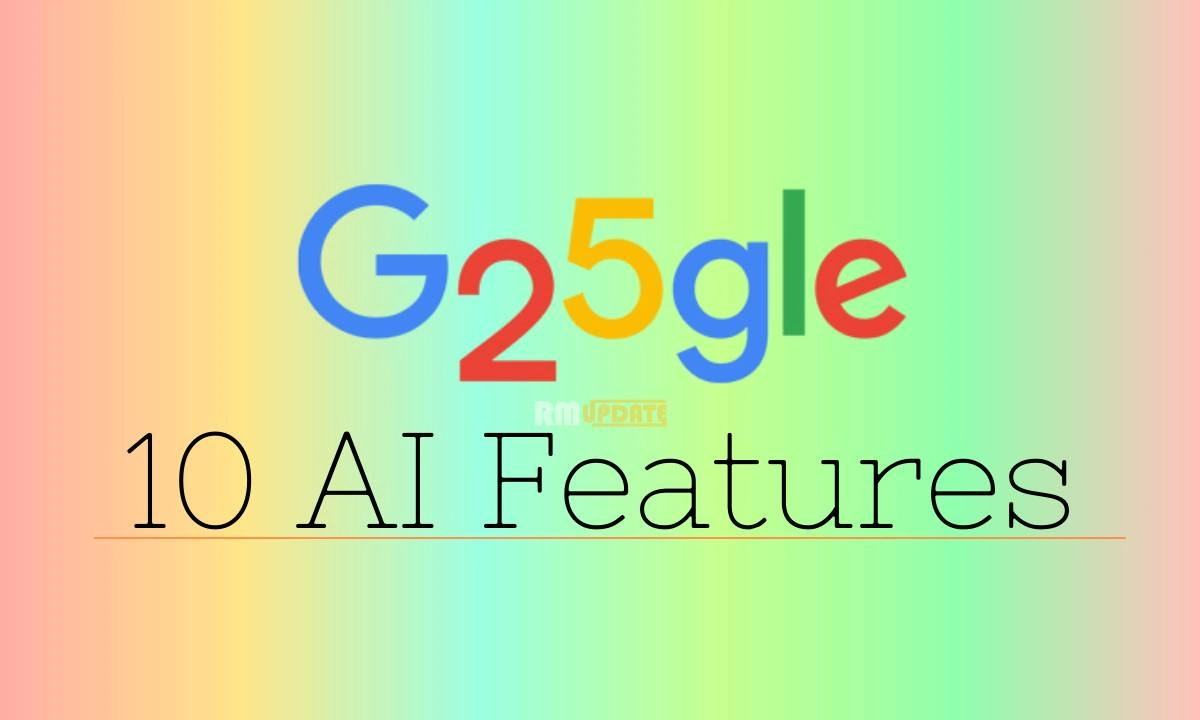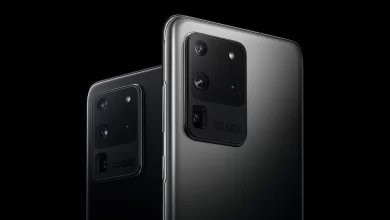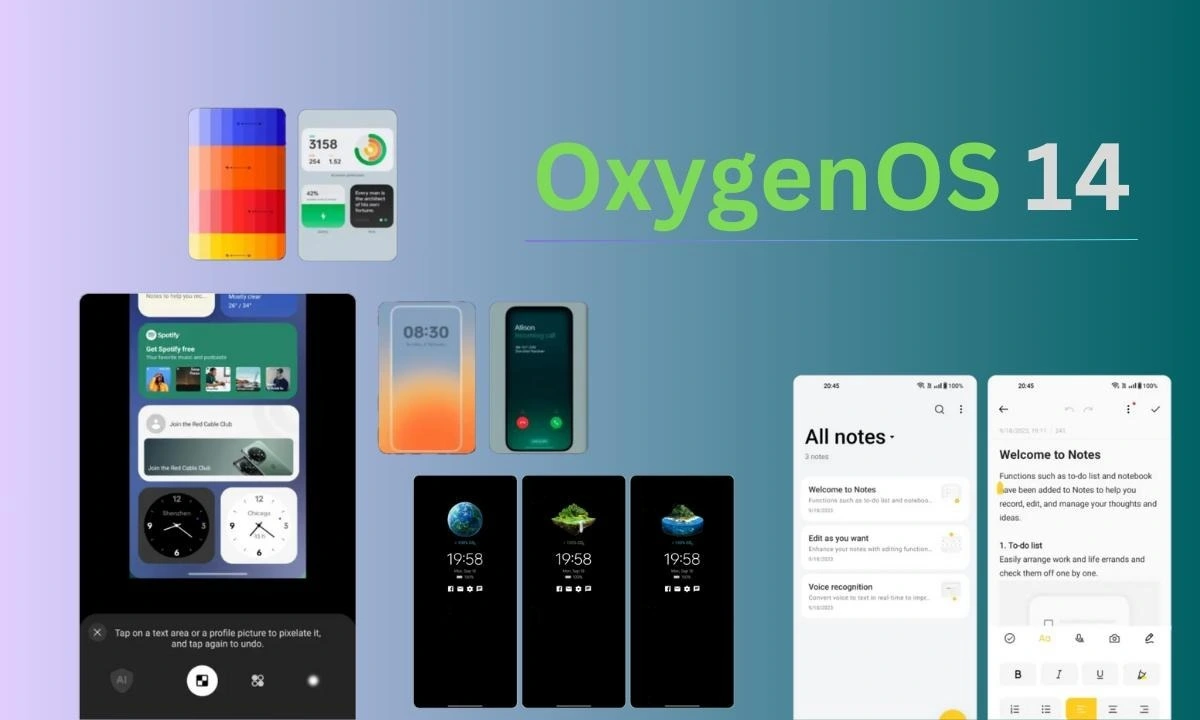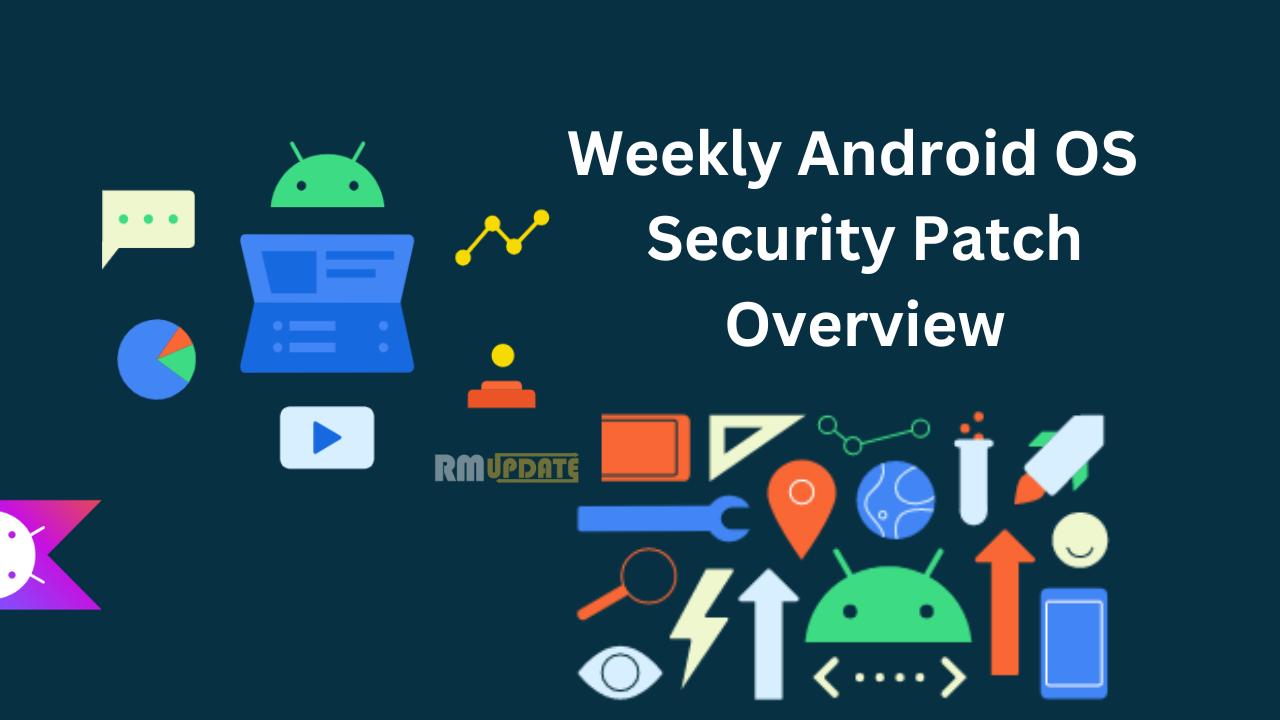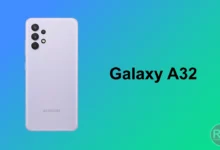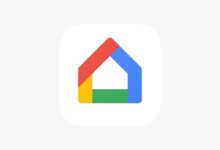Hey Googlers, it’s the 25th Birthday of Google! Well, do you remember what you searched for the first time? It is a little difficult to tell, yes, it’ll be pretty easy to tell what the last SearchSearch was done, “My is What are the 10 biggest AI moments so far?”
Let’s Discuss The 10 Biggest Google AI Moments In This Article.
AI, which stands for Artificial Intelligence, is a fascinating field that is constantly evolving. Here are the ten biggest and most memorable moments from 2001 to 2023. Let’s just bring back memorable memories from the vapes.
2001: Machine Learning For Correcting Spellings
In 2001, Machine learning helped Google Search users in correcting their spellings.
An exact example of this is that whenever we enter any incorrect query for Search on Google, it immediately shows the option “Showing result for” with write a query and below that “Search instead for” with our entered incorrect query.
Google’s co-founder, Larry Page, once stated, “The perfect search engine should understand exactly what you mean and give you back exactly what you need.”

To live up to this statement, the brand took a big step forward in advancing machine learning to suggest better spellings for web searches. Through this feature, whenever the Googlers don’t type it perfectly, Google can still get them what they need.
2006: Google Translate Took The Floor
Exactly five years later, Google again created another AI moment by launching Google Translate, that used machine learning to translate languages automatically. The brand first started from Arabic to English and English to Arabic translations. But with fortune, today, Google Translate supports 133 languages spoken by millions of people across the world.
2015: TensorFlow Democratizes AI
Google created the next AI moment in 2015 by introducing TensorFlow, which was the new open-source machine learning framework, creating AI that was extra accessible, scalable, and efficient. It also helped accelerate the pace of AI research and development across the world. At the moment, it has stretched out widely and offers facilities like image recognition, natural language processing, and machine translation.
2016: AplhaGo Defeats World Champion Go Player
Google launched AlphaGo, the first computer program to defeat a professional human Go player the first to defeat a Go world champion. This became possible because more than 200 million people watched online as AlphaGo. It has the potential to solve complex problems once thought impossible for computers. It is one of the most appreciable victories of Google.
2016: TPUs Enable Faster, More Efficient AI Deployment
TPUs, which stands for Tensor Processing Units, are custom-designed silicon chips we specifically created for machine learning and optimized for TensorFlow. They can teach, guide, and run AI models faster than ever before, as compared to traditional chips, which makes them ideal for large-scale AI applications. The brand announced Version v5e in August, which is the most cost-efficient, versatile, and scalable Cloud TPU to date.

2017: Google Research Introduces The Transformer
Google 2017 introduced the Google Research paper “Attention Is All You Need” Transformer, which is a new neural network architecture that helps in language understanding. Before this Transformer, the machines were able to understand the proper meaning of long and complicated sentences but were also unable to relate the words to each other.
Through this Transformer, the company revolutionized what it meant for machines to perform translation, text summarizations, question answering, and even image generation and robotics.
2019: BERT helps Search Better Understand Queries
After the debut of Transformers, Google introduced BERT (Bidirectional Encoder Representations from Transformers). Enhancing the searching feature helped Search understand the queries of the users even better than ever before. It helps in understanding words in context. This led to huge quality improvements all around SearchSearch and made it easier for the public to ask questions as they generally would. The public got a more user-friendly experience.

2020: Alpha Fold Solves The Protein-Folding Problem
Through AlphaFold, the brand introduced a solution to the “protein-folding problem.” Proteins are the elementary unit of life, and the manner in which a protein folds understands its function, whereas a misfolded protein could cause disease. For 50 years, scientists have been trying hard to predict how protein would fold to help understand and treat disease. Fortunately, AplhaFold did something similar. And then, finally, in 2022, Google shared 200 million of AlphaFold’s protein structures.
2023: Bard Helps To Collaborate With Generative AI
In March this year, the company launched Bard; at the moment, it is available in most of the world and in more than 40 languages. The company merged Bard’s smartest and most capable model now along with the Google services users use every day, for instance, Gmail, Docs, Drive, Flights, Maps, and YouTube. And it is even more helpful for users with tasks such as trip planning, double-checking answers, and summarising emails or even documents.
2023: PaLM2 Advances The Future Of AI
In May, the brand announced PaLM2, the next-generation large language model that has improved multilingual, reasoning, and coding abilities. Noticeably, it is capable, faster, and extra efficient as compared to its predecessors. The fact is that it is already powering more than 25 Google products and features, which includes Bard, generative AI features in Gmail and Workspace, and many more. The company is also using the PaLM2 in advanced research underground on everything from tip-to-top healthcare to cybersecurity.
It’s just the 10 biggest Google AI moments, and the process is still going on.
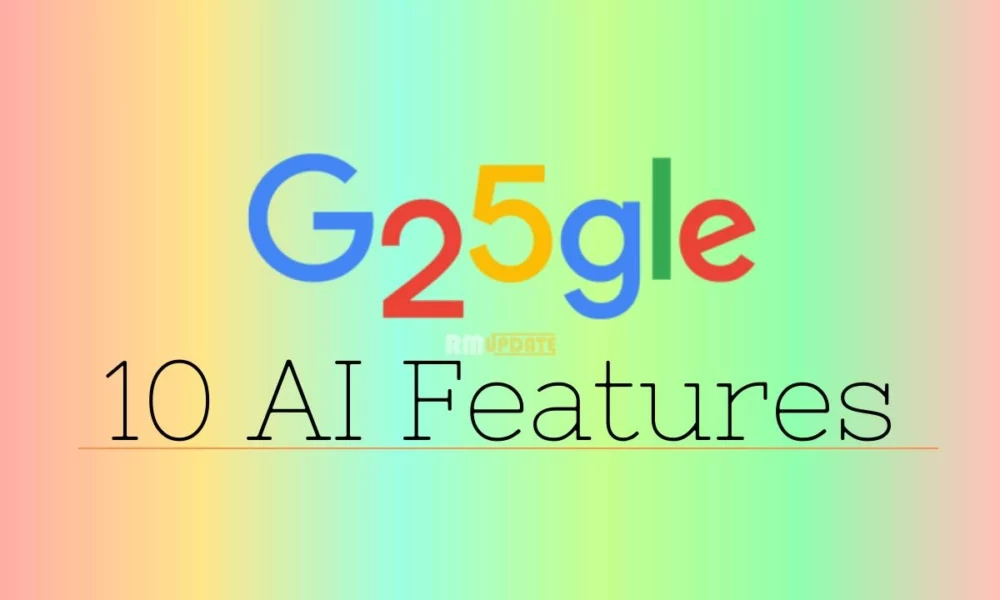
“If you like this article follow us on Google News, Facebook, Telegram, and Twitter. We will keep bringing you such articles.”
